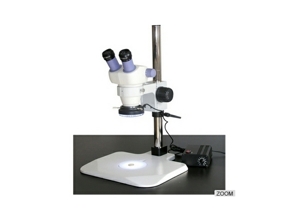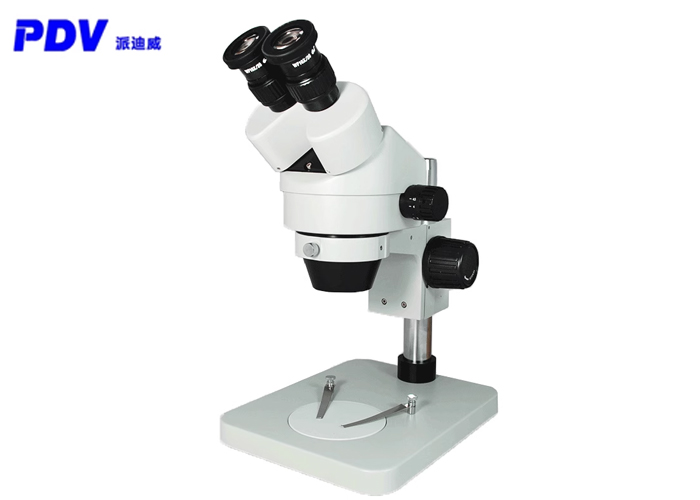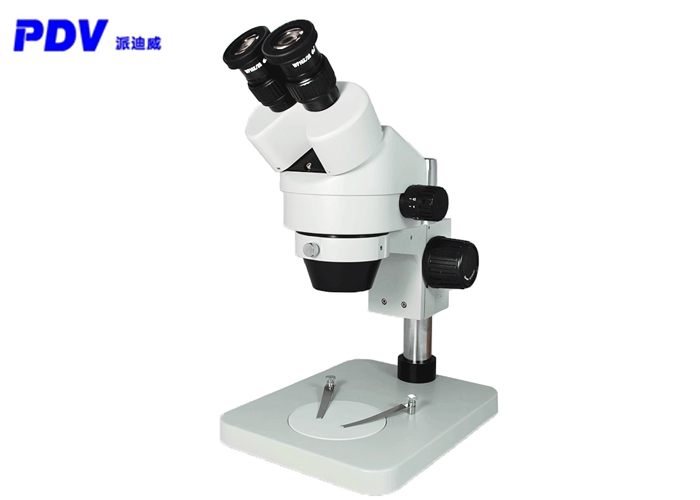After more than two months of summer maintenance, the Chinese spallation neutron source in Dongguan, Guangdong Province, began a new round of operation on the 26th. In the next four months, researchers will steadily increase the beam power of this giant "super microscope" to 80 kilowatts and use it to detect the microstructure of more magical materials.
According to Zhang Junrong, deputy director of the neutron science department of the Dongguan Branch of the Institute of High Energy Physics of the Chinese Academy of Sciences, the number of applications for the new round of open-ended regular projects reached 164, a substantial increase from the previous round, and 57 were approved for experimentation, one of which was From abroad, 5 items are from Hong Kong and Macau. “The experimental objects mainly involve magnetic materials, quantum materials, lithium battery materials, shale, catalytic materials, high-strength steel, high-performance alloys, etc.”
The Chinese spallation neutron source was constructed by the Institute of High Energy Physics of the Chinese Academy of Sciences. The unit was built by the Institute of Physics of the Chinese Academy of Sciences. It started construction in September 2011 with a total investment of about 2.3 billion yuan. It passed the national inspection and acceptance in August 2018. run. It consists of a linear accelerator, a fast cycle synchrotron, a target station, a phase three neutron spectrometer and ancillary facilities.
The process of human exploration of the microcosm is a microscope "upgrade history." The birth of optical microscopy with XY motorized microscope stage has made humans see the world of cells and bacteria for the first time; electron microscopy objective is about 1000 times higher than the resolution of optical microscopes, which can help scientists study smaller viruses. With the rise of particle physics, human research on matter has penetrated into the interior of the atom, and the "super microscope" spallation neutron source came into being.

Microscope
Since neutrons are not charged, they are not easily blocked by charged protons and electrons, and can penetrate substances more easily than other particles. The neutron beam hits the sample being studied, and most of them will pass through without any hindrance, but some neutrons will interact with the nucleus of the sample, and the direction of motion will also change, scattering "scattering" around. By measuring the trajectory of neutron scattering and its changes in energy and momentum, scientists can accurately defer the structure of the sample under test.
For example, Jin Dapeng, deputy director of the Dongguan Branch of the Institute of High Energy, Chinese Academy of Sciences, said that in the field of energy materials, hydrogen-powered vehicles are more energy-efficient and environmentally friendly than gasoline-fueled vehicles. Scientists hope to store hydrogen in a denser solid form, but it is easier to pressurize hydrogen. The explosion was triggered, so scientists tried a metal-organic framework (MOF) material that sucked in hydrogen and released it when it was used. Neutron scattering can help scientists study where and how well hydrogen can be stored and released in this material.
It is the advantage of using neutrons in the detection of material materials. The first batch of three neutron spectrometers for scientific experiments built by Chinese spallation neutron sources have achieved fruitful research results.













